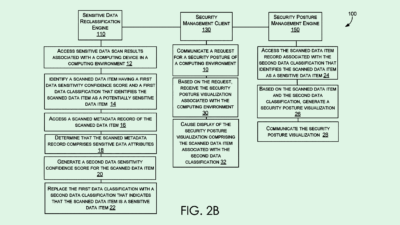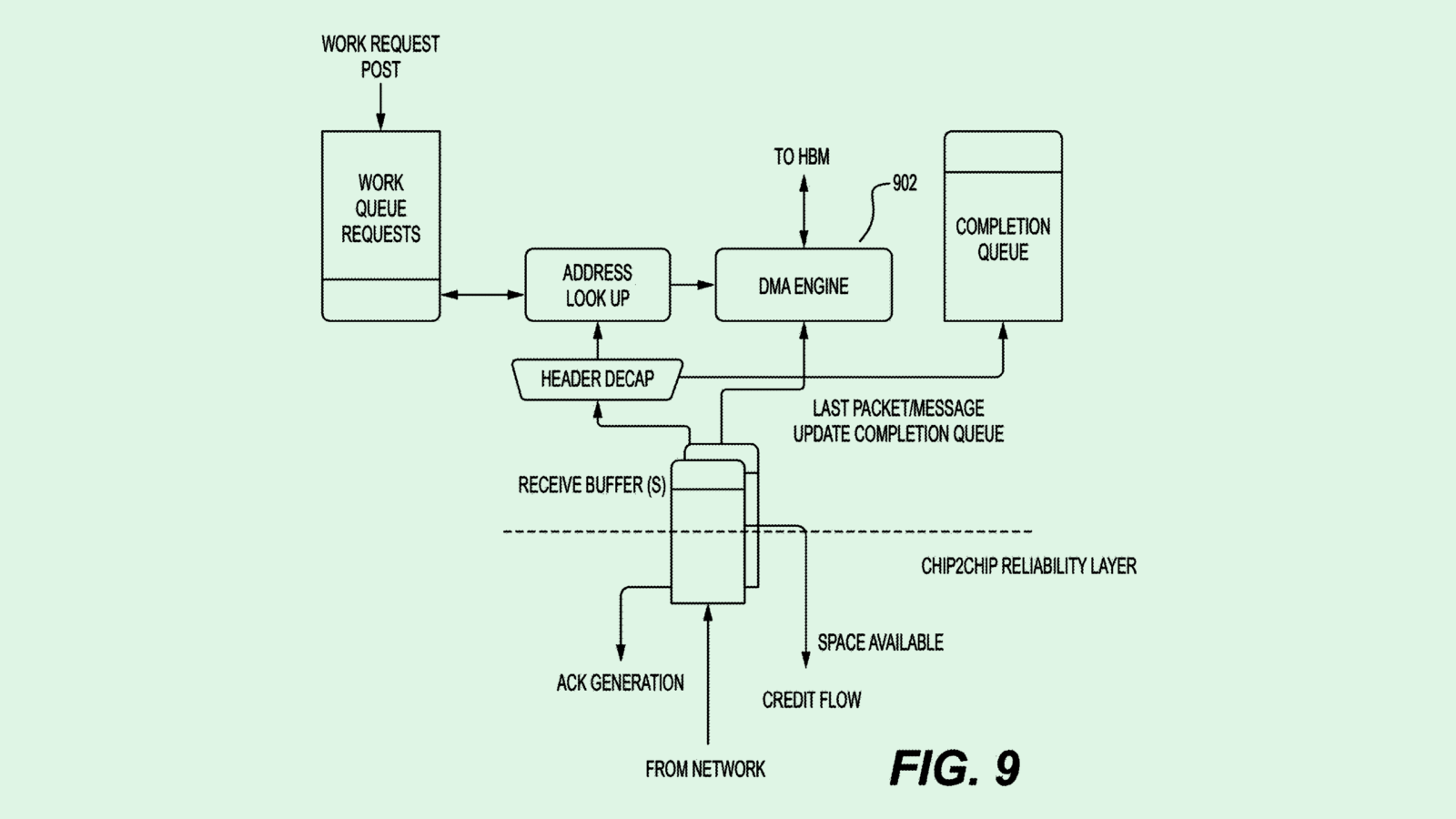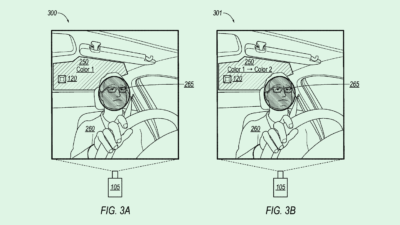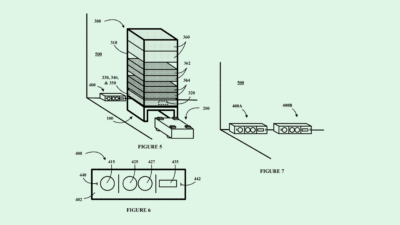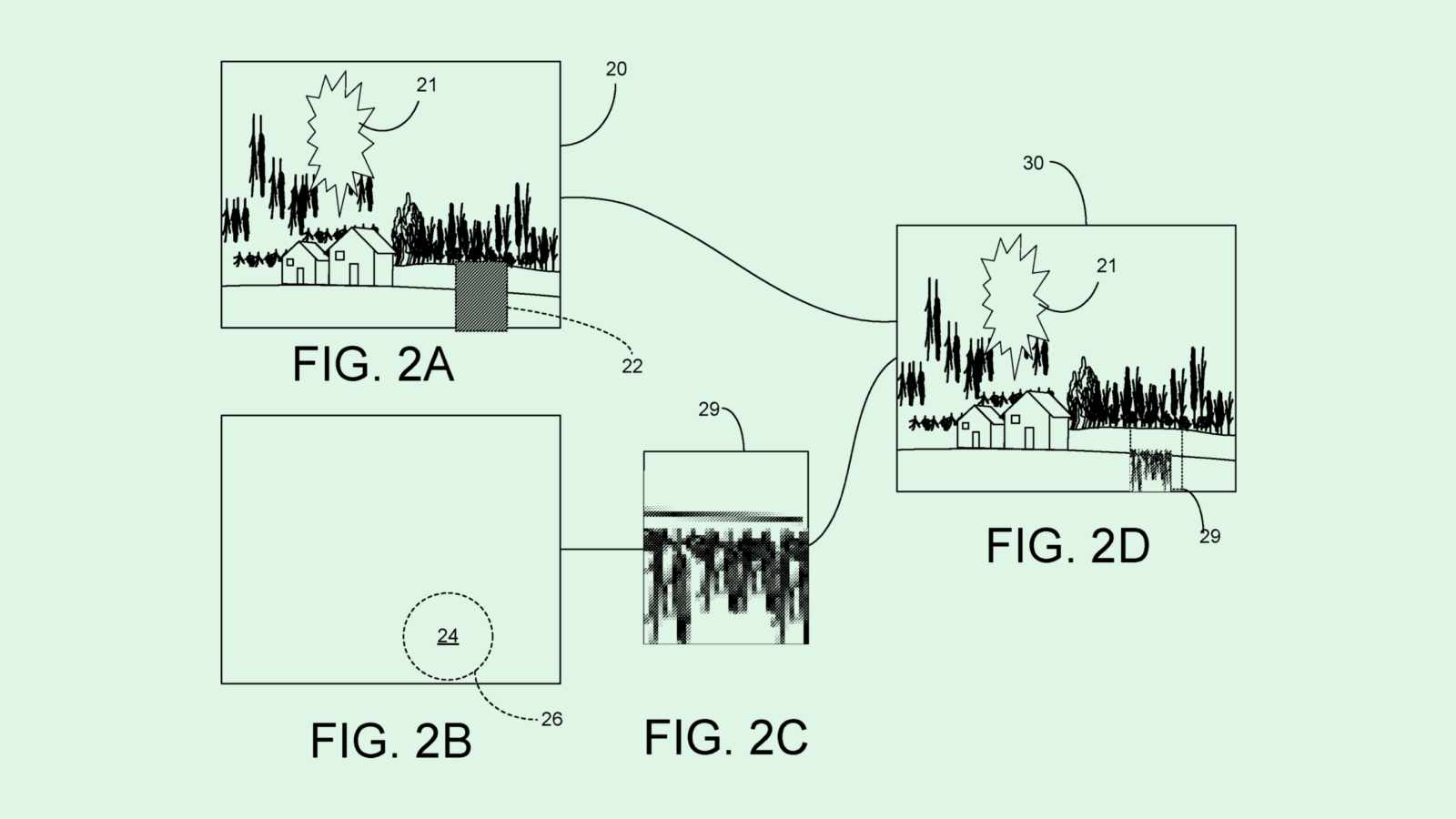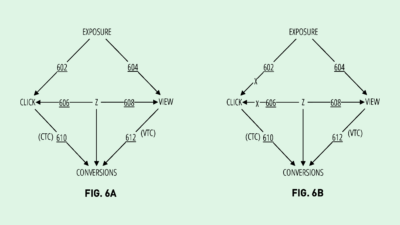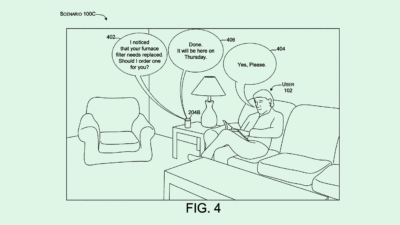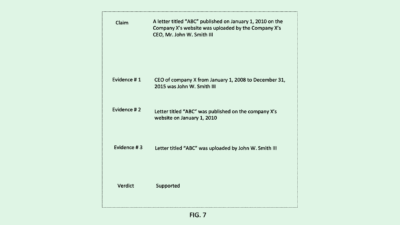Microsoft’s Automatic Data Center Patent Could Take on AWS
Microsoft’s patent to sublet data centers close to the source could surpass the physical barriers that cloud innovation faces.
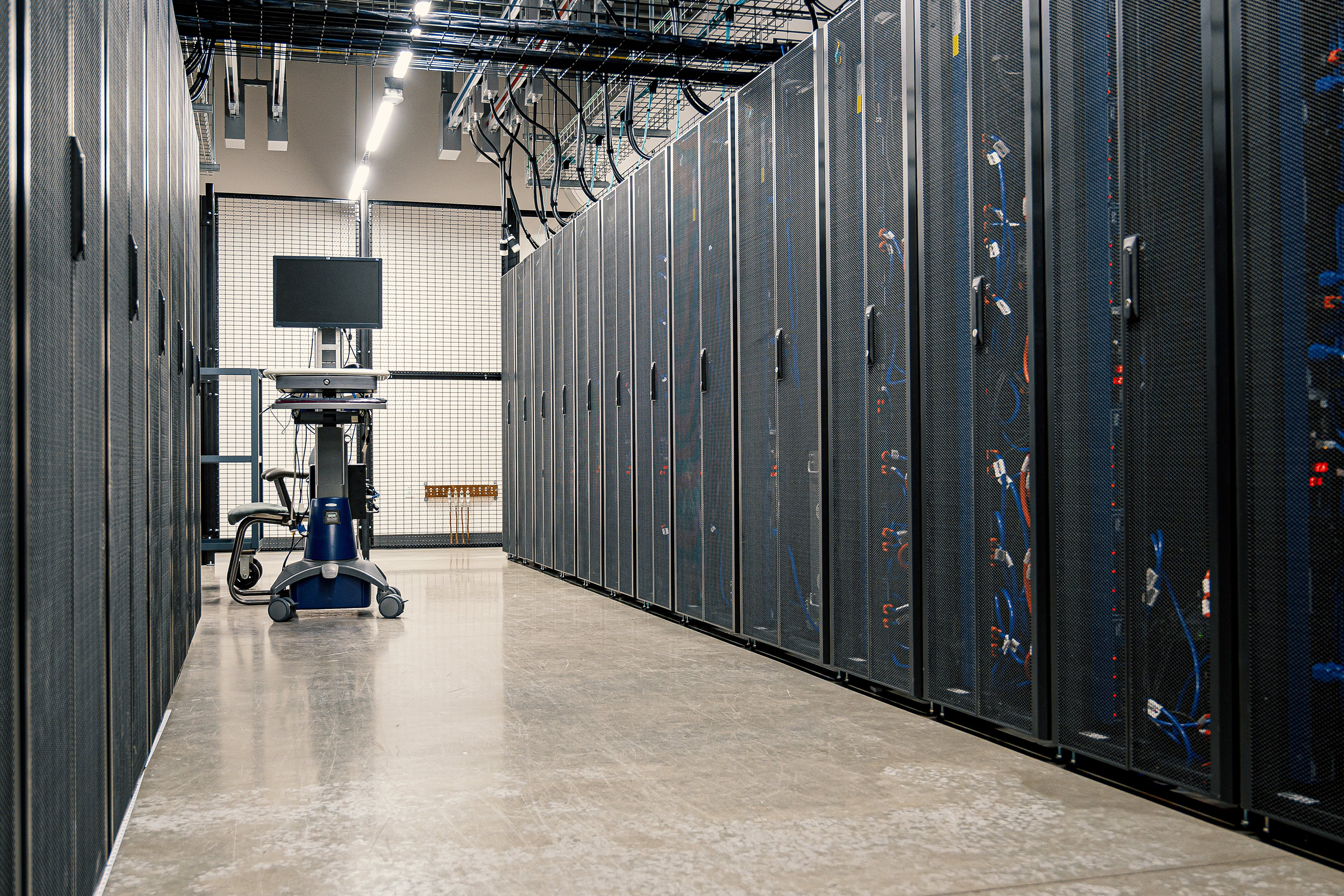
Sign up to uncover the latest in emerging technology.
Microsoft wants to create data centers out of thin air.
The company filed a patent application for “dynamic on-demand datacenter creation.” Basically, Microsoft’s filing lays out a system that can offer on-the-fly computing power whenever necessary by creating what the company calls “cloudlets,” which are pieced together from the resources of other powerful computing devices.
Microsoft noted that this system allows for increased access to cloud services and reduced latency for people, as current “near- and far-edge systems may not be able to meet dynamic demand in a particular geographic area. This may cause issues for latency-sensitive applications, such as autonomous vehicle technologies, remote surgical procedures, and the like.”
Microsoft’s system creates these cloudlets from the storage, memory, and computing resources of “federated computing devices,” or other data centers that are geographically near where the resources are needed.
This reduces the latency by bringing the power as physically close to the task as possible, “while also having a minimal physical footprint with geographic proximity to demand.” Once that task is complete and the cloudlet isn’t needed anymore, it’s dissolved. This also lets Microsoft meet demand with reduced energy usage.
Think of it as subletting an apartment: If a user needs a place to crash for a month but doesn’t want to sign a 12-month lease, Microsoft becomes the middleman, connecting that user with a short-term rental (a local, private datacenter). Once that month is up, the user’s access to the rental is revoked.

Microsoft’s cloud unit makes up a significant chunk of its revenue. In its earnings report from late October, the company’s cloud unit brought in revenue of $31.8 billion, up 24% year over year. All Microsoft Cloud revenue made up more than 56% of its total $56.5 billion in earnings for the quarter. Revenue for Azure and its other cloud products specifically jumped 29% from the previous year.
Azure is one of the Big Three of the cloud services market. Along with AWS and Google Cloud, it held 66% of the total cloud services market share in the third quarter, according to CRN. AWS has long been the king, holding 32% of the market share in the recent quarter (compared to Microsoft’s 23%) and has consistently held an 8 to 10 percentage-point lead over Microsoft.
The physical demand of the data center business makes it a struggle to expand, especially as Microsoft simultaneously pushes to meet climate goals. But a patent like this, which could work with privately owned and operated datacenters, could help it break that barrier, said Trevor Morgan, VP of product at OpenDrives.
“This is almost a dash forward, where they’re saying ‘we’ll give you an entire data center as close to where you need it as is physically possible without building it in your backyard,’” said Morgan. “This is their way of innovating in a space that is getting hard-pressed to innovate in.”
A patent like this could also give Microsoft a boost in its AI work, said Morgan. Access to a ton of computing power with little latency is vital for companies looking to train and scale large models, said Morgan. This patent in particular shows that Microsoft is laying the groundwork now for the AI boom to grow even bigger, he added.
“(Microsoft) is building out the piping — and this is part of the piping,” he said. “Then you will see the intelligence layered on top of it, which is where Microsoft’s sweet spot is to begin with.”



